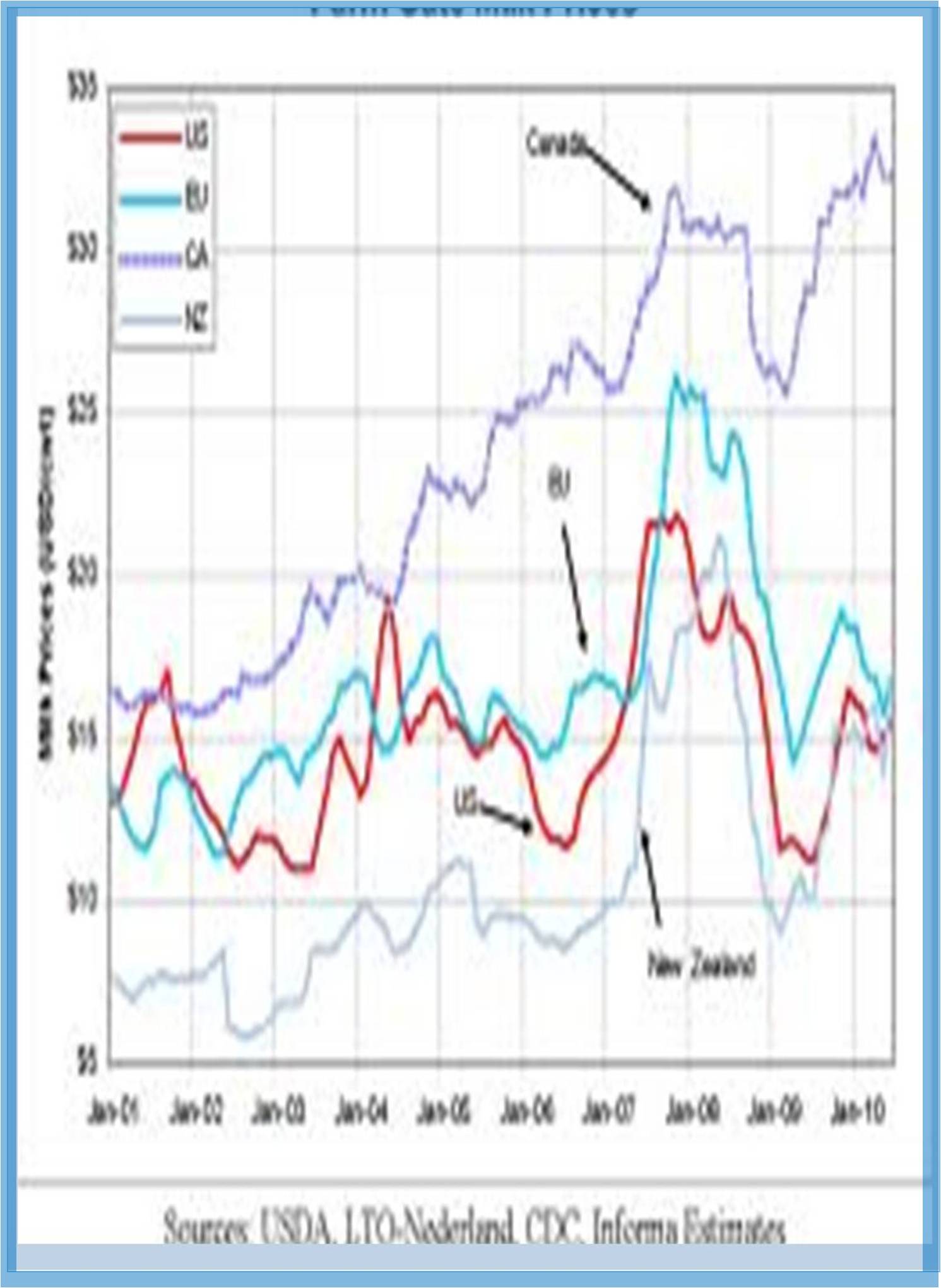



Received: 30-Mar-2022, Manuscript No. GJAEE-22-59037; Editor assigned: 01-Apr-2022, Pre QC No. GJAEE-22-59037; Reviewed: 14-Apr-2022, QC No. GJAEE-22-59037; Revised: 30-May-2022, Manuscript No. GJAEE-22-59037; Published: 06-Jun-2022, DOI: 10.15651/2408-5510.22.10.006
The sharp decline in the availability of arable land and the proper supply of irrigation water, coupled with the continued sharp increase in food demand, are putting pressure on farmers to produce more with fewer resources. A viable solution to alleviate this pressure is to speed up the plant breeding process by using biotechnology in breeding programs. Most biotechnology applications rely on information generated by various technologies. Recent remarkable improvements in the proteomics platform and many other related advances in plant biotechnology technologies provide several new ways to encourage plant scientists to use these technologies in crop improvement programs. A combined approach to accelerating gene discovery through the branch of genomics, proteomics, and other related biotechnology proves to be an effective way to accelerate crop improvement programs around the world as an applied approach. It has been. In the near future, rapid improvement of the database will be important and urgent attention will be required to effectively use these technologies to produce the next generation of crops for progressive farmers.
Biotechnology broadly refers to a wide range of scientific and technological applications for modifying and enhancing economically important plants, animals and microorganisms. Agricultural biotechnology is a field of biotechnology, including applications in agriculture. In its broadest sense, traditional biotechnology has been used to improve plants, animals, and microbes for thousands of years since the advent of the first agricultural practices.
The application of biotechnology to agriculturally important crop species has traditionally used breeding to induce the exchange of genetic material between two parent plants, increasing yield, disease resistance, and product quality. Produces offspring with desirable traits such as improvement. The exchange of genetic material by conventional breeding requires that the two plants to be bred the same or closely related species. Such active plant breeding has resulted in the development of superior plant varieties much faster than would result from random mating in the wild. However, traditional methods of gene exchange are limited to mating between the same or very closely related species. It can take a considerable amount of time to achieve the desired results. Modern biotechnology significantly improves accuracy, reduces the time it takes to make these changes to plant properties, and significantly improves the potential source for obtaining the desired properties.
In the 1970’s, a series of complementary progressions provided in the field of molecular biology scientists has the ability to easily move DNA between the more relevant organisms. Today, these recombinant DNA techniques have achieved steps including DNA containing one or more specific genes from almost any organism, including systems, animals, bacteria or viruses, and specific harvest types. Application of recombinant DNA technology has often been called genetic engineering. Modified or transformed organic organisms using modern genetic exchange techniques are commonly referred to as genetically engineered organisms (GMOS). However, the progeny of the traditional cross between two creatures is also "genetically modified" for one genotype of contributing parents. Plants that are genetically modified with recombinant DNA techniques for introducing genes from the same or other species are also known as transgenic plants, and certain genes are known as known transgenes. It is not all GMOs include the use of cross-spative genetic exchange. Recombinant DNA techniques can also be used to transmit genes between different types of different types, or to modify one or more expression of a particular plant gene. B. Enhance the expression of the disease resistant gene. Application of recombinant DNA technology to promote genetic exchange in crops has some advantages over traditional breeding methods. Since the exchange is only a specific gene identified as a useful feature to be transferred to the receiver system, only a single (or high, pair), only a specific gene is still more accurately more accurately more accurately. As a result, there is no need for auxiliary strike, and there is no unwanted function that must be eliminated in the next generation as well as the breeding of conventional plants. The application of recombinant DNA technology for plant varieties also allows for faster development of varieties that contain new and desirable features. In addition, the specific gene to be transmitted also is also known in the genetic change that occurs to produce the desired characteristics, which is conventional if the basic basis of the features introduced at all are known It is known that it is not a case of breeding methods. Finally, it may be overall and other organisms of genetic skills in all biological organisms and the overall and other organisms of genetic skills The ability to transfer to the selected recipient may be genetically permeated or used in other organisms.
This greatly expands the spectrum of useful characteristics that can ultimately apply to the onset of new plant varieties. As a virtual example, the gene that allows certain bacteria to withstand high outer salt content is the same purpose when they are transmitted with potatoes, wheat or rice crops, and then small salt Production countries of such improved nutrient cultures are possible. The cultivated area of such salty soil is estimated to be 20-25% of the land currently cultivated.